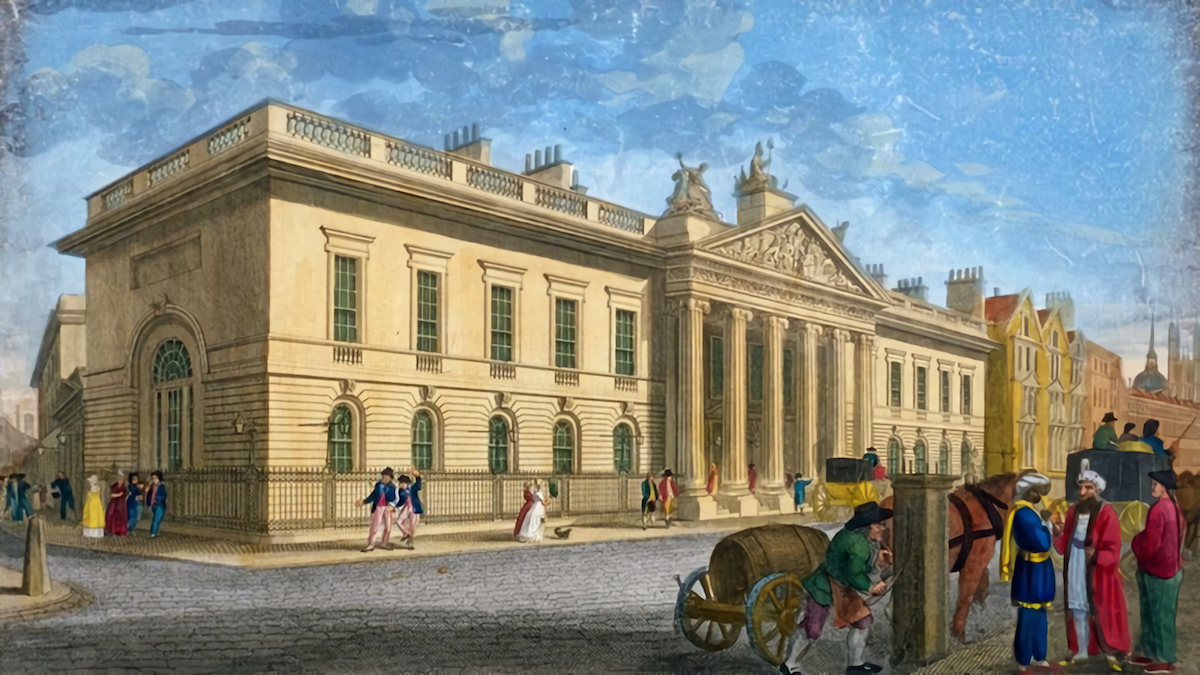Elizabeth II, who had been the Queen of Great Britain and Northern Ireland since 1952, also served as the nominal leader of 15 other nations that once belonged to the British Empire, including Canada, Australia, and New Zealand. Winston Churchill, Margaret Thatcher, and Tony Blair are just a few of the fifteen prime ministers who have come and gone from Buckingham Palace throughout Queen Elizabeth II’s lengthy reign. Elizabeth II adhered to strict political neutrality according to tradition, yet she effectively served as a spokesperson and made official visits across the globe. She came from a long line of monarchs, but in order to keep her people’s support for the British monarchy, Elizabeth II had to change (more or less willingly) to meet the needs of the modern world.
She was not intended for the throne
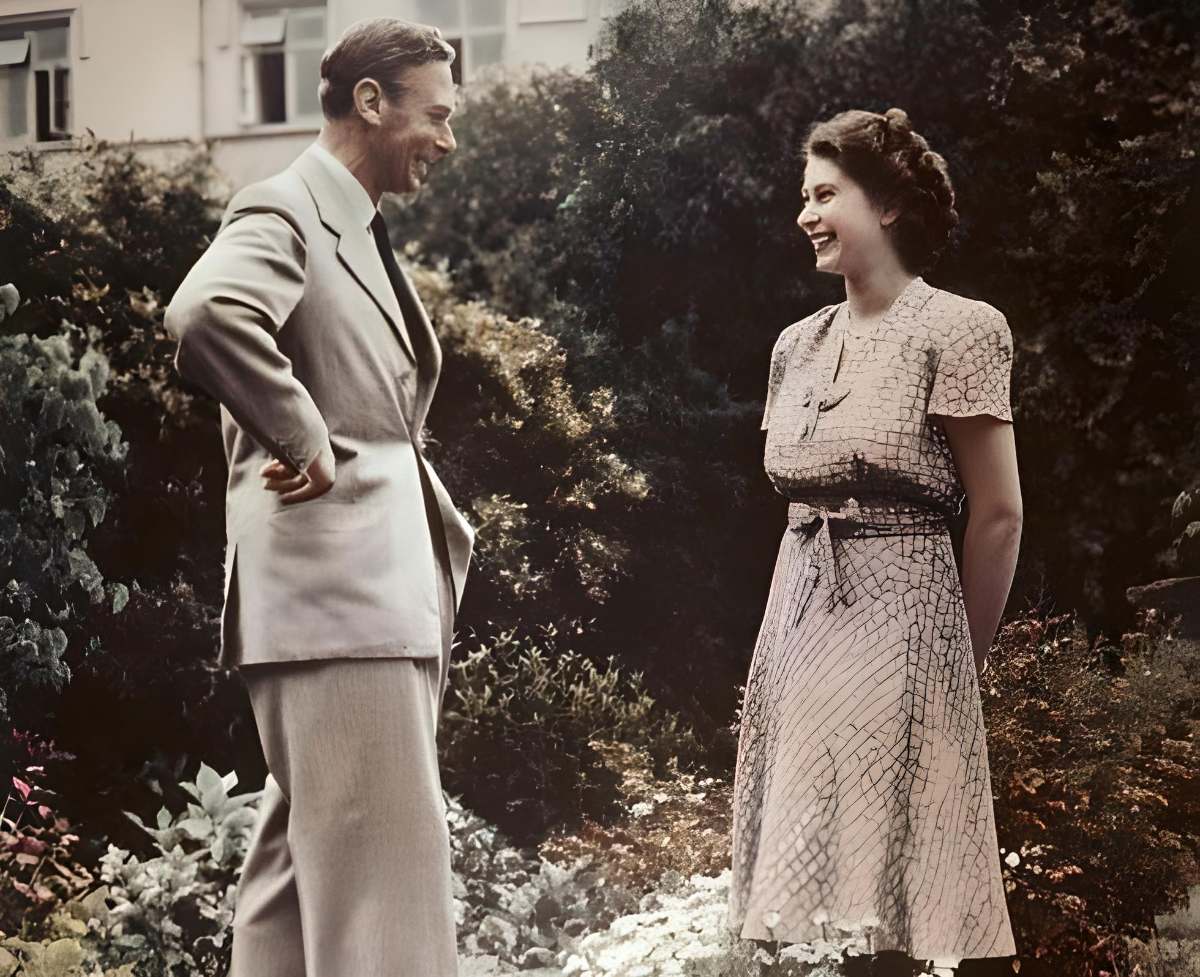
On April 21, 1926, Elizabeth Alexandra Mary, a great-great-granddaughter of Queen Victoria, was born in London. She was the Duchess of York’s and the House of Windsor’s eldest daughter. After the abdication of his elder brother Edward VIII, the Duke of Windsor, in 1936, Princess Elizabeth did not begin her royal apprenticeship until she was 10 years old. She made her first public appearances and enlisted in the British Women’s Army Corps during the Second World War.
She delivered her first radio speech in 1940 for the kids who had been taken away to the countryside. Prudent and reticent, even distant, a lover of horseback riding, she married in 1947 Prince Philip of Greece, who became Duke of Edinburgh. From their marriage, four children were born: Charles, Prince of Wales (born in 1948), Anne (born in 1950), Andrew (born in 1960), and Edward (1964).
King George VI passed away on February 6, 1952, and his oldest daughter Elizabeth took over as monarch. Elizabeth II was the first woman to rule England since Victoria (who ruled from 1837 to 1901), and Time magazine named her the “Person of the Year” for 1952. The day she was named ruler of the Commonwealth, a collection of nations connected to the Crown that included a fifth of the world’s population, she prayed: “I pray that God will help me to discharge worthily this heavy task that has been laid upon me so early in my life.” Elizabeth II was only 26 years old when she was crowned.
The solemn coronation of Elizabeth II was held on June 2 of the following year, 1953. Even more exciting than the coronation itself was seeing everything unfold in real time on national television for the first time.
Coronation of Elizabeth II: a televised ceremony
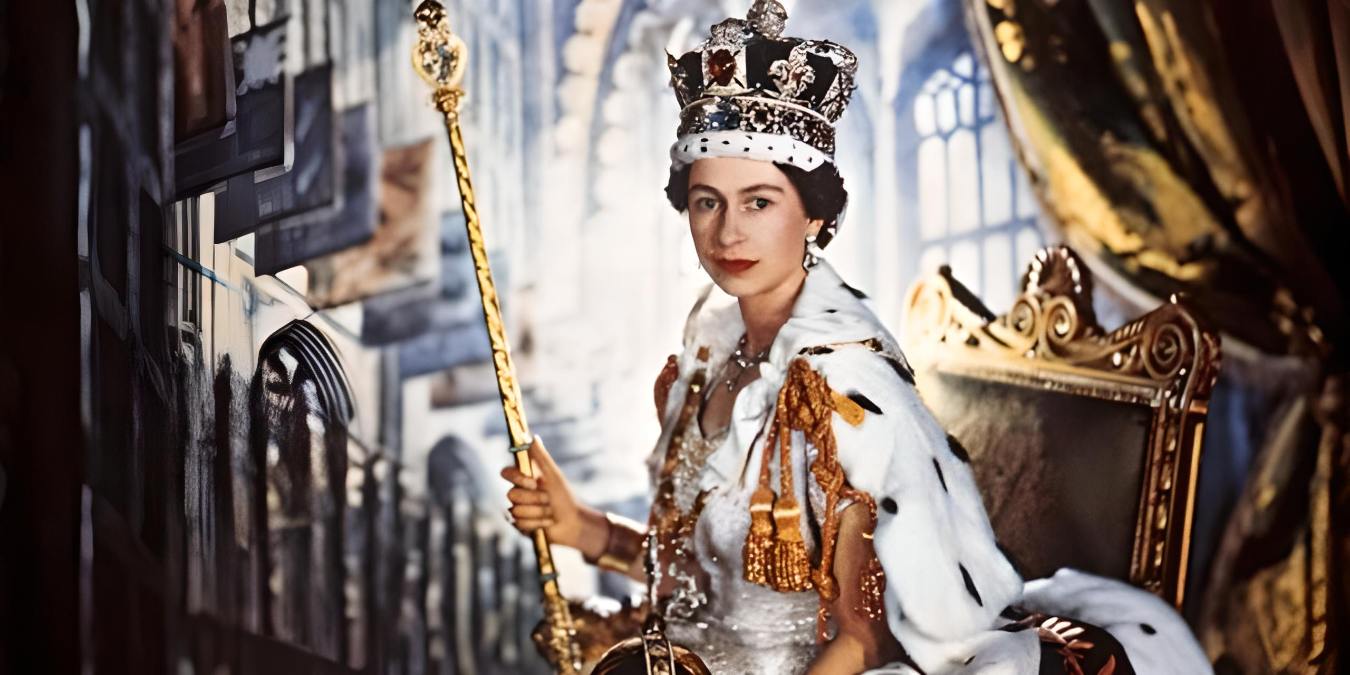
The coronation of Queen Elizabeth II was television’s first opportunity to amaze people all around the globe. Although there were still few viewers, the acquisition of television sets skyrocketed at the start of 1953. In 1950, there were fewer than a couple thousand receivers in most of the European countries. But following the coronation of Elizabeth II, three years later, 60,000 sets were installed only in a single European country. In towns and communities, people gathered around the individuals who owned televisions. Like at a movie theater, cafe owners set up their spaces and leased seats. Screenings were also held for the general public on larger screens.
Despite opposition from broadcasters in other countries, the British television network BBC had sole authority to carry out the broadcast. Crowds lined the carriage path to Westminster Abbey in London as the city experienced a Coronation Day frenzy. The Archbishop of Canterbury placed the massive crown of St. Edward, which was encrusted with a thousand precious stones, on the head of Elizabeth II. She was the 42nd monarch since William the Conqueror in the 11th century, Queen of Great Britain, Scotland, and Northern Ireland, head of the Church, and head of the Commonwealth. The celebration was overall spectacular and romantic.
A well-loved queen
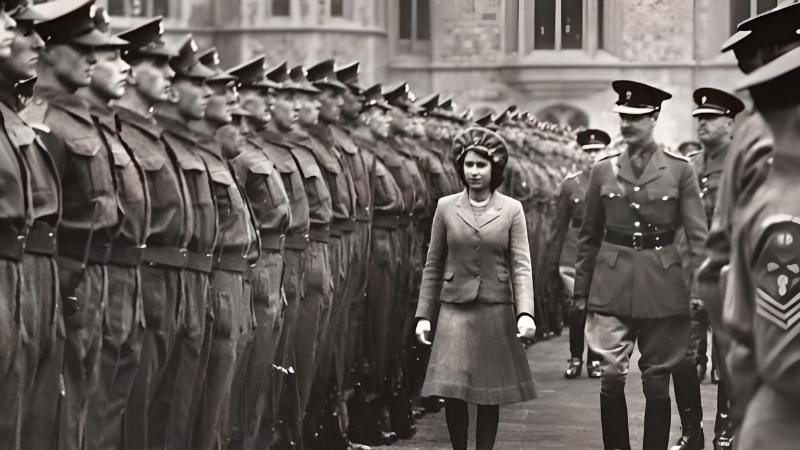
The British monarchy was despised by the working masses on the eve of World War II. Elizabeth II was able to make her title popular in a country where the sovereign only had a symbolic role. This was even more important because Elizabeth II didn’t have any real power. The pro-labor Daily Mirror’s headline on her 60th birthday read, “Happy and Glorious. Long May She Reign!” Her 70-year reign spanned more than a dozen United States presidents and nine popes.
How Elizabeth II, one of the wealthiest people in the world, was able to give weight to the stereotype of a reserved, tea-drinking middle-class with renowned hats and purses is still a mystery. Is it the strength, underneath a dull appearance, of an unspontaneous character combined with a great sense of dignity for her office? Because she believed the Duchess of Windsor to be an immoral con artist, she never wanted to meet her. She also broke up the relationship between her sister Margaret and Captain Peter Townsend.
Nevertheless, everyone admired the elegance with which she diligently did her duties. Due to the lack of any distinguishing characteristics, her personality enabled the general public to relate to her, empathize with the anxieties brought on by her husband’s mistakes and the antics of so many members of her family, and applaud the marriage of her children. And the success continued because new actors were constantly added to the ensemble of supporting roles as a result of marriage or birth in the ongoing spectacle that the Windsors’ drama provided to the world.
By far, the British popular press’s favorite topic has been the private lives of the royal family.
A monarchy in conflict
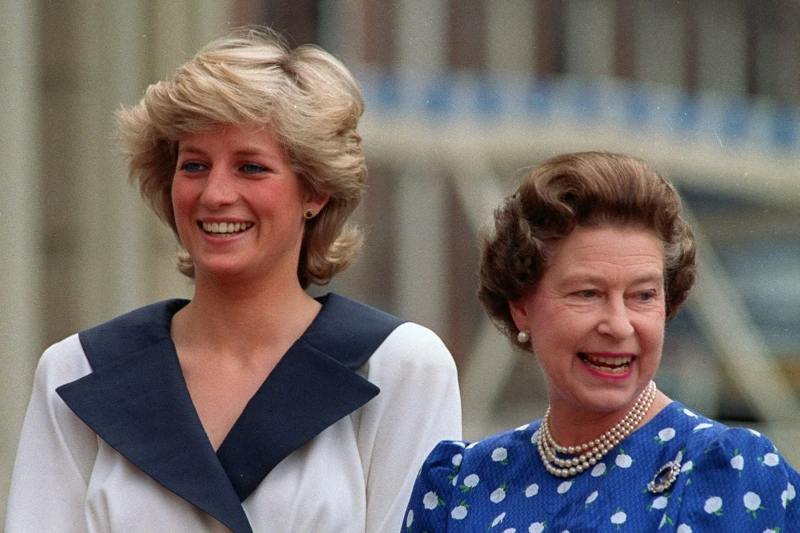
Elizabeth II was questioned in the 1990s as a result of a series of incidents. In 1992, the Queen was faced with the separation of Prince Charles and the well-liked Princess Diana, followed by the divorce of two of her children, Anne and Andrew, amid a media storm that the English monarchy struggled the most to control. A fire damaged Windsor Castle in 1992. The exorbitant expense of the repair sparked a heated discussion over how to pay for the work, with many calling for the Queen to foot the bill. Queen Elizabeth’s civil list was reduced in an effort to appease the critics, and the queen was now subject to income tax.
Elizabeth II did not immediately recognize the intense sorrow that Diana, her daughter-in-law’s death, had aroused in the populace. The British people could not comprehend the Queen’s apparent indifference when she was staying at her home in Balmoral, Scotland, protecting her grandsons, Princes William and Harry, from the media frenzy. The day before Diana’s funeral, the Queen was required to go back to London and give a broadcast message to her people.
The marriages of Prince William and Kate Middleton, followed by Prince Harry and Meghan Markle, brought a breath of freshness and modernity to the throne. Prince Charles remarried Camilla Shand and made her the Duchess of Cornwall.
Elizabeth II, queen till the very end
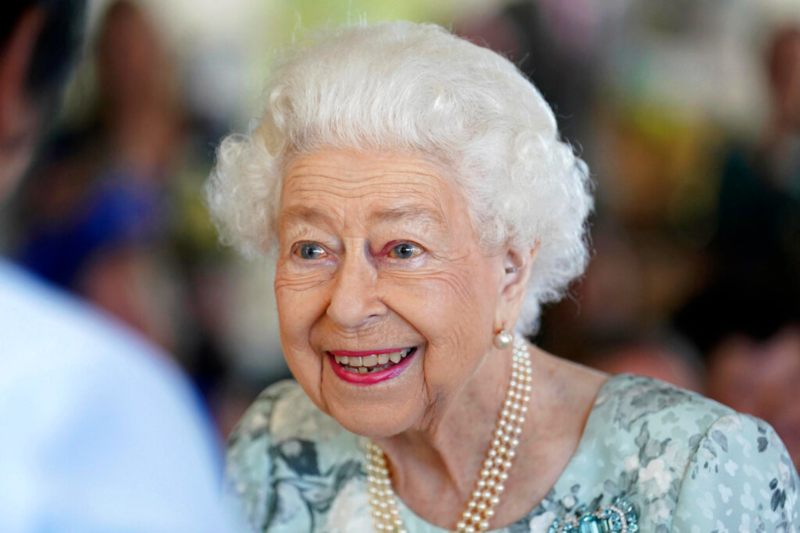
Even though the British monarchy is sometimes attacked for its lack of “popular” appeal, the antiquated nature of its institutions, and its way of life, the majority of the population in the country nevertheless attaches importance to the Queen and her family as a symbol of unity. The taxpayers have seen this as justification for the 30 million pounds that the royal civil list costs them a year. In 2002, Elizabeth II celebrated her Golden Jubilee, which marked 50 years since she became queen. The reign was seen by many as a success.
Elizabeth II surpassed Victoria’s 70-year-long reign in 2022 as she viewed the coronation as a sacrament from which she could only be freed by death. Nevertheless, Prince Charles has been assuming more and more of the Queen’s official duties.
On September 8, 2022, Elizabeth II passed away at her home in Balmoral, Scotland, 48 hours after choosing Liz Truss as her last prime minister. She passed away in the company of her four children and grandsons, William, and Harry. Her oldest son, the Prince of Wales, took over after her as Charles III. He was given the difficult task of keeping the British monarchy going.


